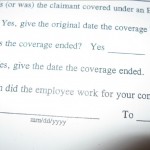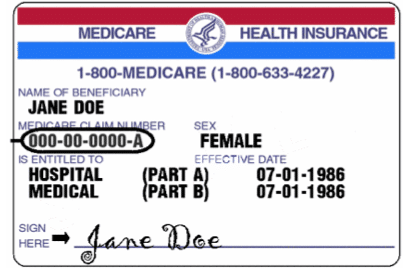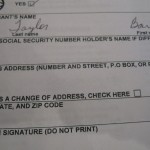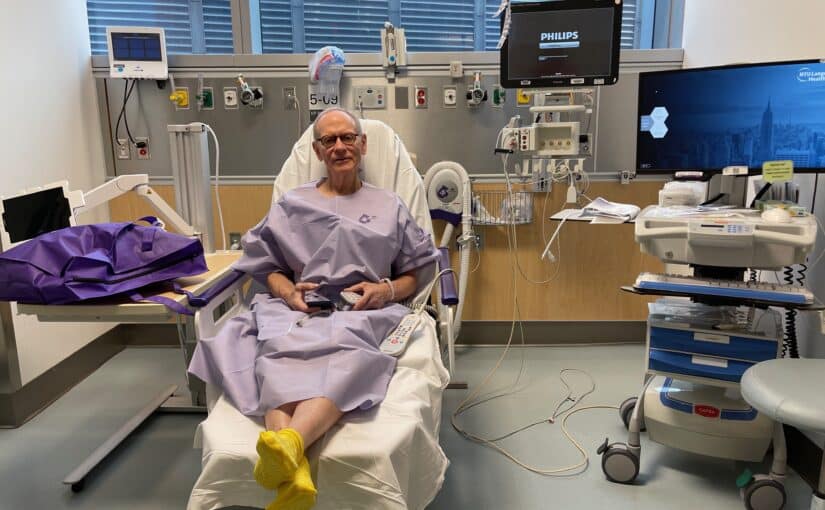by Barbara Nevins Taylor
It’s easy to apply for Medicare, unless it’s not. I wasted almost an entire day riding the New York City subway between the Social Security office and my union health and welfare office because a form didn’t ask the right question. At the end of the day, I was frustrated and furious.
If you apply for Medicare because you don’t have private insurance and you sign up for Part A (hospital coverage) and Part B (regular medical coverage) at the same time, the online process is pretty clear. But if you are like me and don’t need Medicare as long as your private insurance is in force — mine runs out at the end of June — it gets tricky.
My story is pretty typical. I turned down Part B because I didn’t need it. You have to pay a monthly premium based on your income. Most pay about $104 a month.
(To review Part A and Part B, you can read Taking Care of an Elderly Parent )
I am covered by the SAG-AFTRA Health Fund as a result of my employment. The coverage continued for a year after I left my television news reporting job to create ConsumerMojo.com. And I was told by Social Security administrators that I wouldn’t have to pay a penalty fee to join Part B when my private insurance stopped. You have eight months to apply after your insurance runs out, otherwise there’s a penalty if you don’t join between January and March 3rd.
So, here I am with my insurance about to end and I try to apply online. Turns out, you can’t.
The government website says:
Note
If you already have Medicare Part A and wish to sign up for Medicare Part B, please call 1-800-772-1213 (TTY 1-800-325-0778) or contact your local Social Security office.
I followed instructions.
I called the 800 number and a person agreed to send me an application. It arrived about a week later and the person had filled in my name and my Social Security number by hand in a shockingly unprofessional way.
(To know a little bit more information on Social Security, look at Key Steps for Retirement Planning )
No instructions accompanied the form. But I remembered that the man I spoke with told me that I’d need a letter from my employer to explain that my insurance was ending. I headed to the Social Security office with my form, and letters that I had received from the union alerting me that I was about to be uninsured.
A security guard in uniform gave me a number and when it flashed on the board sent me to window 27. A clerk, separated from mortal beings by glass, motioned for me to pass my papers through a slot. I felt like I was in a convenience store in a dicey neighborhood and waited patiently while she examined the papers. She punched something into her computer, looked at the papers again and shook her head.
“This paper that they sent you doesn’t have the instructions on the back. You need another form filled out and stamped by the employer,” she said.
“You mean the union, which offers the insurance?” I asked. She nodded and added the new form to the pile of papers she pushed back through the slot.
I took the subway from the Wall Street area to midtown.
At the union office, a human resources staffer filled out the form, but didn’t stamp it. I thought that I was on top of things and explained what was required. “You mean like an in-take stamp?” he asked. “I guess,” I said.
By this time I was boiling over. I was sitting in a conference room with photos of famous TV stars. Jean Stapleton, who played Edith Bunker, smiled down on me. And in my head I heard Archie Bunker stay, “Stifle yourself, Edith.” That’s exactly what I told myself.
I rode the subway back downtown with the stamped papers in my folder.
In the Social Security office, the security guard sent me back to the same window and I confidently slid the forms through. The clerk began to enter information into her computer and then shook her head again. “I can put these through for you, but they will send them back. If you go to the doctor in July, you won’t be covered.”
I was confused. “But the form is filled out,” I said. “Yes,” she replied. “But it says you are still working. This doesn’t say your insurance is stopped.”
I looked at the form and she was right. It asked “Has the coverage ended?” But it didn’t ask, “When does the coverage end?” The union human resources staffer filled it out without offering an explanation because the question wasn’t asked and there wasn’t a place for an explanation.

“Can’t we just write it in?” I asked. She shook her head. “You have to get your employer to write it in.”
“Okay. If I take this back to the union can they write in that the insurance ends and give the date?”
She nodded.
This was maddening. The Social Security office closed at 3 p.m., and I’d never get back in time. But I rode the subway uptown again and although most people in the union office were heading out early for the Memorial Day weekend, someone agree to handwrite the notation that my private insurance would end in 30 days.
The Social Security office was closed by the time that I had the form filled out with the notation. I plan to be the first person in line when the office opens again and I hope that the paperwork is finally in order.
In the meantime, my experience highlights a serious Catch-22 and points out an omission on the Medicare form that I hope the bureaucrats are attentive enough to fix. Good luck on that.
WATCH:
READ:





Hi Barbara,
We had dinner with the Schneiders. I read you article on medicare planning. I work and refer a medicare specialist to my clients; I have run seminars for CPA’s on this topic. You are correct in that in can be a maze. My own experience had me paying for part B even though I was covered thru my husband, Howard’s plan.
I appealed and actually got a REFUND of premium.
Wendy